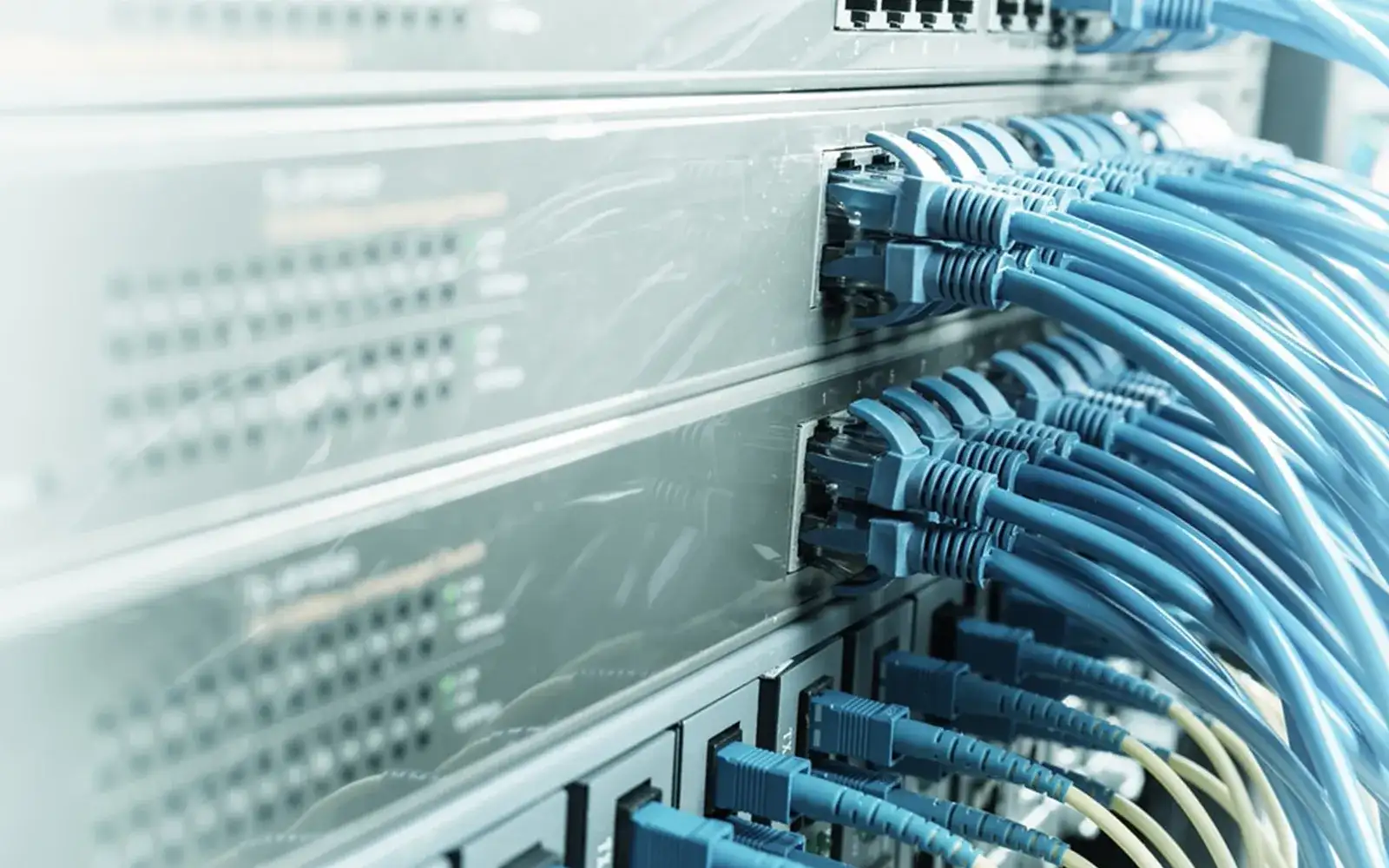When do you start thinking about your access layer switch refresh
The timing for planning a network access switch refresh depends on various factors, including the current state of your network infrastructure, technology advancements, budget cycles, and business requirements. Here are some considerations to help you determine when to start planning for a network access switch refresh:
Equipment Lifecycle: Network switches typically have a lifecycle, and manufacturers may provide end-of-life (EOL) and end-of-support (EOS) dates for their products. It’s advisable to plan for a refresh before reaching these dates to ensure you receive continued support, software updates, and security patches.
Technological Advancements: Stay informed about advancements in networking technologies. If there are significant improvements, such as faster data rates, enhanced security features, or improved energy efficiency, it may be worth planning a refresh to take advantage of these benefits.
Performance and Scalability: Assess the performance of your current network switches and evaluate whether they meet your current and future needs. If your network is experiencing performance issues or lacks the scalability required for future growth, it might be time to plan for a refresh.
Security Concerns: Security is a critical consideration. If your existing switches lack the latest security features or are no longer receiving updates, it’s crucial to plan for a refresh to maintain a secure network infrastructure.
Budget Cycle: Align your network switch refresh with your organization’s budget cycle. Planning ahead allows you to allocate funds and resources for the new equipment, ensuring a smoother transition.
Business Requirements: Consider any upcoming changes in your business that may impact your network requirements. For example, if you’re planning to expand your operations, introduce new applications, or adopt emerging technologies, these factors may influence the timing of your network switch refresh.
Evaluation and Testing: Before implementing a refresh, it’s essential to evaluate and test potential new switch models to ensure compatibility with your existing infrastructure and to validate their performance under your specific network conditions.
In summary, it’s advisable to start planning for a network access switch refresh well in advance to ensure a smooth transition, mitigate risks, and take advantage of the latest technological advancements. Regularly assess the state of your network infrastructure and stay informed about industry trends to make informed decisions about when to refresh your network switches.
The end goal is to tidy up the cabinets and replace your access switches
Our goal as experts in the field is to not only replace the access switches with the latest technology but to also make sure that the end result looks much better and is a lot easier to manage. If you look at the left hand side picture of the cabinet it is clear to see that over the years it has become very messy with loads of cables that are way too long. The cable management is hardly used and it is even difficult to close the cabinet door.
On the right hand side you can see exactly the same cabinet with new switches but what stands out here is the cabling. Each patch panel is split into two halves to make it look tidy and the amount of cables between the racks is minimised. All cables are nice and tight together with a lot of velcro. Any redundant or unused patch leads are removed from the rack.
At EDNX we treat cabling like work of art and take pride in making sure it looks spotless in the end of the process. In the next paragraph we will unveil some trade secrets to explain how you can tidy up the cabinet this way while making sure that any outage or mistakes are avoided. In order to do this we have to split the physical aspects from the logical constructs.






